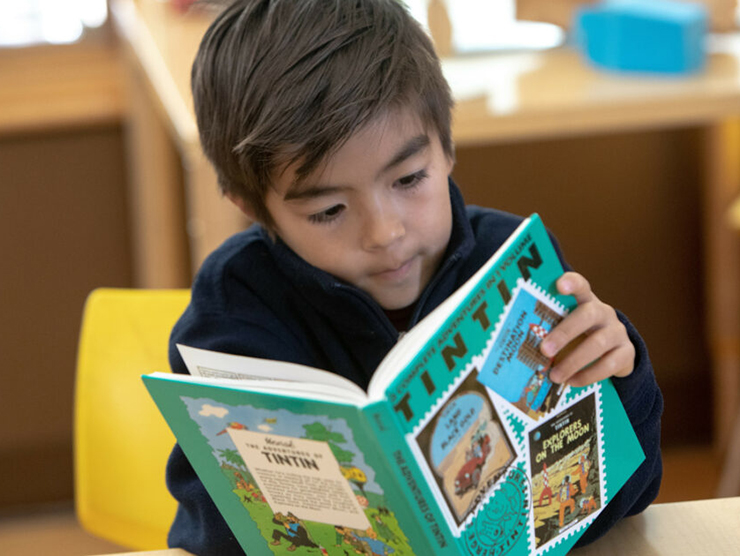“How should working parents prioritize play with limited time at home?”
This was a question that was top of mind for many of the parents who attended our recent webinar, The Essentials of Learning Through Play. Here we asked Ann Gadzikowski, educator and author of Creating a Beautiful Mess: Ten Essential Play Experiences for a Joyous Childhood, and our guest speaker who joined us on the webinar, to share some tips on how busy working parents can make play time a priority:
The good news is that children will find ways to play in any situation. For example, think about what happens when your child is riding in a car. Most children will spontaneously begin to play – perhaps by messing with the buckle on their car seat, by singing or telling themselves a story, or by pretending they are riding in a spaceship to the moon instead of sitting in traffic.
When moments like these arise, I encourage you to simply relax and join in the fun. Begin a playful conversation about how buckles, wheels, or cars work, wonder together about the engineering and mechanisms of the vehicles you see all around. Tell jokes and funny stories, or make up your own knock-knock jokes. Or take on the imaginary role of a friendly robot who travels along on the trip to the moon. Use these small moments in your daily routines to engage in playful conversations, pretending, and making up your own stories.
I also recommend parents prioritize open-ended play over structured learning activities. If you only have, say, twenty minutes to play with your child before bedtime, use that time to sit on the floor and build with blocks, letting your child take the lead, rather than spending that time working on letters or numbers in a structured way using academic tools like flashcards or number puzzles. Children learn more from unstructured activities and you both will likely enjoy that time together more when your child can be creative and spontaneous.
Blocks are among my favorite tools for open-ended and creative play. Another great option is a collection of small, realistic animal figures. Most children enjoy playing with zoo animals such as elephants, lions, monkeys or zebras. Join in your child’s play by using one of these figures to begin a conversation. For example, “Hello, my name is Ellie the Elephant. May I play with you?” When you enter your child’s play through the voice of a pretend character, you both are likely to enjoy the fun that follows.
And finally, don’t stress too much about making sure you have a big window of time for play. Research shows that it’s the quality of the time you spend together not the quantity. In addition, it’s creating those quality moments of connection that research is showing is what’s truly important for your child’s development.
Thanks again, Ann, for sharing your tips on making the most of play time! If you missed The Essentials of Learning Through Play webinar, a recording is available here.
Ann Gadzikowski is an educator with more than twenty-five years of experience in early childhood education. Her book Creating a Beautiful Mess: Ten Essential Play Experiences for a Joyous Childhood won gold in the 2015 National Parenting Publications Awards.
RELATED RESOURCES:
- Learn more about Family Matters parent webinar series.
- E-family news: Nurturing Creativity & Imagination for Child Development
- Family Room: 6 Indoor Activities to Encourage Creativity





